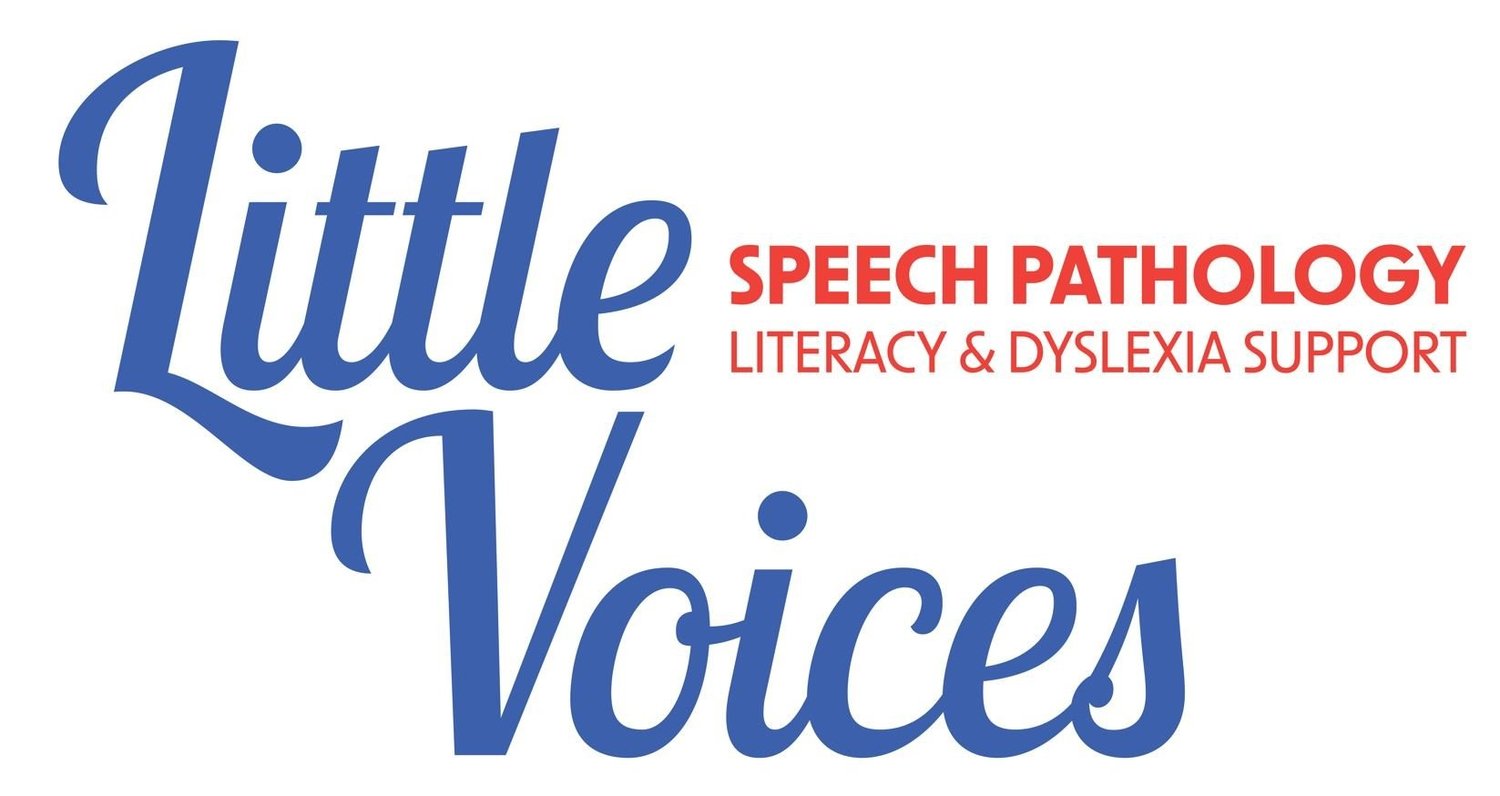How Can You Help Your Child's Vocabulary Grow?
"There has been lots of research to show that the more words a child understands as a pre-schooler, the better their reading comprehension will be..."
There has been lots of research to show that the more words a child understands as a pre-schooler, the better their reading comprehension will be later in primary school. By helping your child’s vocabulary grow, you’re establishing one of the most important building blocks for reading success. The larger your child’s vocabulary, the easier it is to gain meaning from stories. Your child may learn to decode or sound out words when they read, but it will have no meaning if they don’t understand the words.
Book reading is a perfect time for teaching your child new words. Many children’s books will have words that we may not use with our children in every day conversation. For example, a children’s favourite “Where the Wild Things Are” has words such as ‘gnashed’, ‘mischief’, and ‘rumpus’. Your child may listen to the story and get a general idea about what these words mean, but they wouldn’t be familiar with these words or know when to use them themselves.
When you’re choosing a book to help build your child’s vocabulary it’s good to think about these things:
Make sure your book is on a topic that is interesting to your child;
Find a book that has some words you think your child may not be familiar with;
Find a book with pictures that can help to show the meaning of the unfamiliar words.
Below I’ve added a list of some great children’s books and the vocabulary in these books that may be unfamiliar to many children. Before you begin reading with your child, identify the new words in the book that you’d like to teach your child.
Shoot for the SSTaRS
The Hanen Centre has developed a fun acronym to help you remember how to help your child learn new words in books– SSTARS
S STRESS the new word to focus your child’s attention
S SHOW your child what the word means
T TELL your child what the word means
A and
R RELATE the words to your child’s personal experiences and knowledge, as well as to other words and situations
S SAY it again – and read the book again
STRESS
When you come across the new words in the story, pause just before you say it and then emphasise the word using a louder voice.
SHOW and TELL
You can use the following to help show and tell your child the meaning of the word:
Point to the pictures in the book;
Use an object to demonstrate the meaning (e.g. In the story ‘Armadillo Tattletale’ one of the characters is described as being scraggly. You could use an old soft toy or mess your hair up to show that scraggly means dirty or messy;
Use facial expressions (e.g. to show confusion or frustration etc.);
Use actions or gestures;
Explain the category that the word belongs in (e.g. an aardvark is an animal);
Discuss what the word means;
Describe what the word is and what it’s not (e.g. ‘impatient’ means that someone doesn’t like to wait for something, they’re not patient).
RELATE
Relate the word to what your child already knows, such as personal, familiar experiences. For example you may be focusing on teaching your child ‘ruin’, and in the story ‘The Art Lesson’ the children’s teacher told them not to ruin their paper as it was the only one they’d get. You could use an example of a time when your child was upset because something happened to their drawing. You could say “Remember when your baby sister drew on your drawing and you were upset about it? You felt that your drawing was ruined.”
Use other words that you know your child is familiar with. For example, when you are explaining the meaning of humungous, explain that it means very, very big, like huge.
SAY and READ it again and again
The more times your child hears the word the more likely they are to understand its meaning and use it again. Try to bring the new words into every day conversations as often as you can.
(For more info on SSTaRS see Hanen)
Here are some of my family’s favourite books and the words from these books that may be unfamiliar to many children.
A Bad Case of Stripes, David Shannon, 1998 (fretting, impress, relieved, contagious, prodded, cured, vanished)
Amber on the Mountain, Tony Johnston, 1994 (giddy, lonesome, examined, stubborn, notion)
The Bubble Factory, Tomie dePaola, 1996 (ordinary, introduced, exactly, winding, invented)
Fancy Nancy, Jane O’ Connor, 2006 (frilly, accessories, curtsey, suggest)
How I Became a Pirate, Melinda Long, 2003 (slathering, gulp, repaired, swabbing)
Lilly’s Big Day, Kevin Henkes, 2006 (appropriate, pretend, assistant, responsibility, glamorous, uncooperative, proudly, ceremony)
The Lion, the Witch and the Wardrobe, C.S. Lewis, (adventure, wounded, restored, ransacked, furious)
The Magic Hat, Mem Fox, 2003 (lofty, fabulous, warty) Ruby the Copy Cat, Peggy Rathman, 1991 (coincidence, loyal, murmured, pleasant, sensitive)
So, what are some of your children's favourite books? Do they have some new words that you may be able to use SSTaRS with?
I would really love to hear your thoughts about these blog topics on early literacy development. I'd love to know whether any of you are reading them and using any of the strategies. Please let me know which ones you find most useful.
Stay tuned for information about how to help your child learn about print knowledge (letters and words in print).
